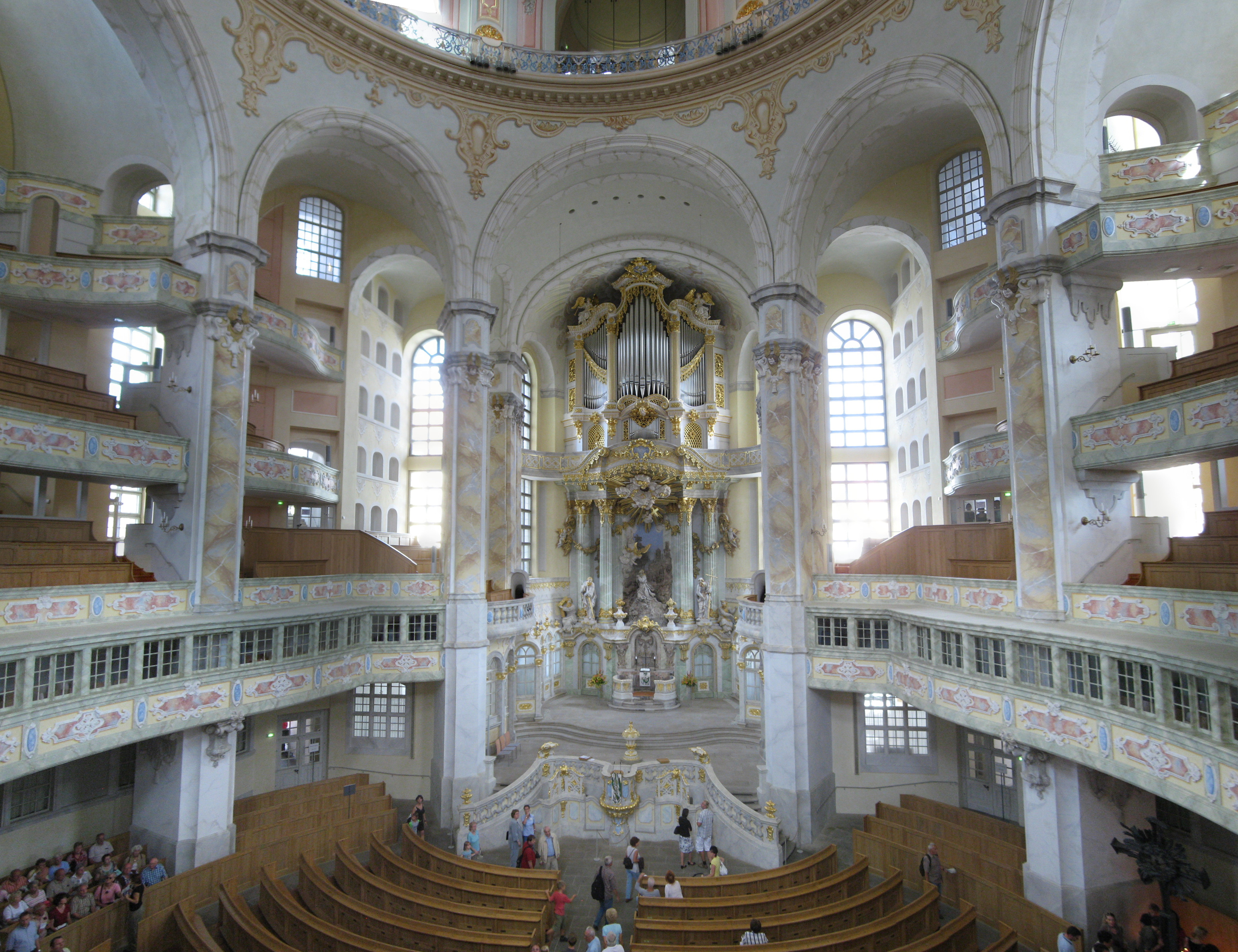If that word is not familiar to you, the term "iconoclasm" simply means the rejection of visual images (paintings, icons, statues, etc.) that are intended to depict something that is sacred. The last great ecumenical council of the Church prior to the schism between East and West (Second Council of Nicaea, 787 A.D.) declared that iconoclasm was contrary to the Gospel.
Historically, iconoclasm was usually based on a deliberate theological decision (usually based upon a misapplication of the commandment against the use of "graven images"). Theological iconoclasm is still around in some parts of Christianity. I tend to think, though, that much of the iconoclasm of today is not based on theological reasons; instead, I suspect that allegedly practical reasons are the driving force behind much of modern iconoclasm. Those practical reasons range from a belief that artwork costs too much money, to a desire to have a worship space look like something "modern and familiar" instead of "foreign and ancient".
Therefore, churches like this one are rarely being built these days:
Instead, more and more churches like this one are being built, particularly in America.
The former picture depicts the interior of Frauenkirche, the "Church of Our Lady", which is the Lutheran Cathedral in Dresden, Germany. It was destroyed due to the Allied bombing campaign toward the end of World War II, but it was recently rebuilt, with glorious results. The latter picture is a typical, modern, sterile worship space which looks more like the interior of an auditorium or shopping mall than a sacred space.
Not all churches, of course, can build something like the Frauenkirche. However, as this little home icon display shows, you can do a lot with a little, even in a small space.
Regardless of whether modern iconoclasm is "theological iconoclasm" or "practical iconoclasm", it is harming the Church. The use of our sense of sight to see the holy is an important part of our faith. .
Why? Just a few days ago (December 4th), the saint of the day was St. John of Damascus. It was his theological writings that formed the basis of the decision made at the Second Council of Nicaea to reject iconoclasm. He wrote:
"In former times, God, who is without form or body, could never be depicted. But now, when God is seen in the flesh conversing with men, I make an image of the God whom I see, I do not worship matter: I worship the Creator of matter who became matter for my sake, who willed to take his abode in matter; who worked out my salvation through matter. Never will I cease honoring the matter which wrought my salvation!.... Because of this, I salute all remaining matter with reverence, because God has filled it with his grace and power. Through it my salvation has come to me."
(St. John of Damascus, "On the Holy Images", I, 16, translated by David Anderson, in St. John of Damascus on the Divine Images).
Since this is the season of Advent, we use the word "Immanuel" a lot in Church these days. "Immanuel" (also spelled "Emmanuel") simply means "God with us." Because God is with us, why not use our gift of sight to view something that conveys that divinity to us?



No comments:
Post a Comment